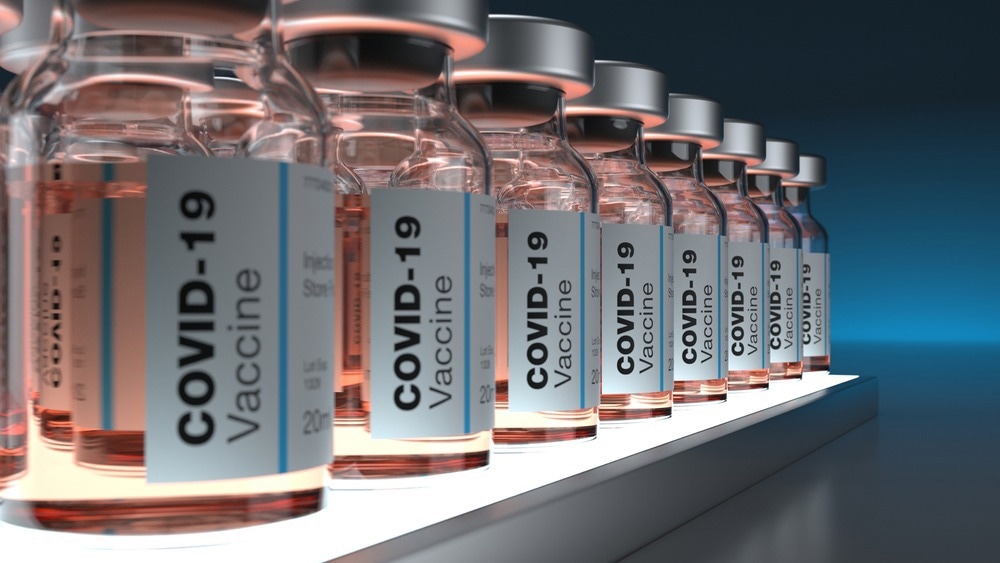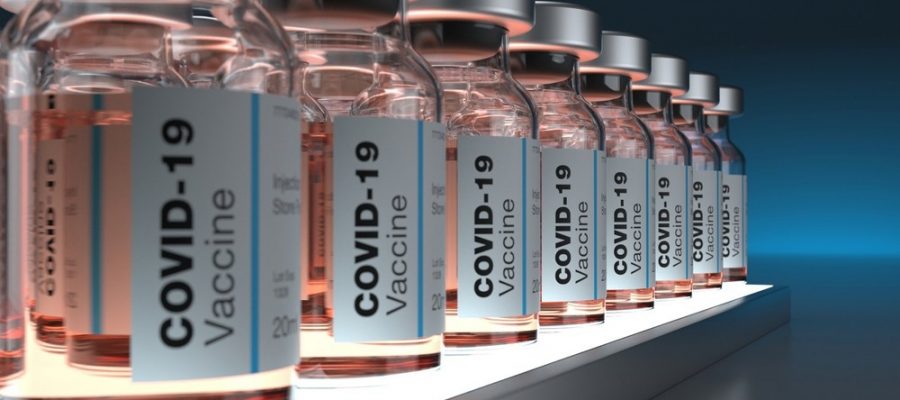In a recent study published in the Journal of Pharmaceutical Sciences, researchers reviewed existing achievements and shortcomings in severe acute respiratory syndrome coronavirus 2 (SARS-CoV-2) vaccine platforms, as well as future-generation vaccine considerations.

Background
During the coronavirus disease 2019 (COVID-19) pandemic, many effective and safe vaccinations against various SARS-CoV-2 variants were developed. Despite the development of vaccinations targeted to protect against these novel strains, topamax side effects metabolic acidosis the clinical manifestations of COVID-19 are complex and continuously developing as new SARS-CoV-2 variants emerge.
The characteristics of immune responses, the specific hallmark of the protective reaction as well as the long-term safety consequences of vaccinations cannot be fully comprehended until comprehensive long-term clinical studies involving vaccinated persons and meticulous examinations of breakthrough infections have been conducted.
The urgent demand for a SARS-CoV-2 vaccine was met swiftly, effectively curbing the pandemic. However, with emerging reports of waning vaccine effectiveness and adverse effects, novel platforms need investigation.
Vaccine formulations and platforms
In the present study, researchers summarized the characteristics of immune responses elicited by multiple COVID-19 vaccines generated using diverse formulations and platforms.
Several prospective vaccines have been generated utilizing different platforms depending on their adjuvants, antigen types, delivery platforms, dosage schedule, storage conditions, and administration routes. The required clinical outcome for these vaccines is protection against severe SARS-CoV-2 disease and death, which could eventually lead to herd immunity. As of December 2022, approximately 300 distinct COVID-19 vaccine candidates are developing for prevention or treatment.
Considerations for novel vaccine delivery systems
Investigations are still needed to understand the precise characteristics of the protective immunological response against COVID-19. The induction of cellular and humoral immune responses is based on the processing and manifestation of protein antigens by major histocompatibility complex (MHC)class I and class II molecules, which further stimulate CD4 and CD8 positive T cells. Furthermore, non-protein antigens such as lipids and glycans may be delivered by non-classical pathways like MR1 and CD1, which stimulate cells including T cells, natural-killer-T (NKT) cells, innate lymphoid cells (ILC), and mucosal-associated immune T (MAIT) cells.
It is necessary to explore the capacity of a particular vaccine platform to activate these cells to comprehend better the mechanism that these vaccines use to generate protective immune responses. Currently, algorithms based on machine learning are facilitating the analysis of distinct input characteristics that result in various therapeutic outcomes.
Diverse immune responses and immunological memory
Drug Discovery eBook

Multiple factors, including non-structural and structural viral proteins, genetic variety of Class I and II MHC genes within the population, immunological strength, and co-morbidities, influence the variability of immune responses against SARS-CoV-2 strains at the time of viral infection. These responses lead to a mixture of CD8 cytotoxic T cells, antibody-secreting B cells, and CD4 effector T cells in healthy persons.
Protection against COVID-19 involves numerous immunological components. While vaccines effectively induce effector mechanisms, including cytotoxic T lymphocytes (CTLs) and neutralizing antibodies, other pathways like antibody-dependent cellular cytotoxicity, complement-dependent cytotoxicity, induction of broadly neutralizing antibodies, the kinetics involved in cytokines and their receptors, and stimulation of non-T cell responses remain poorly understood. This variety in protection may be attributed to variances in immune cell profile and the diverse protection provided by Class I and Class II human leukocyte antigens (HLAs) to the conserved non-structural regions of the virus.
Breakthrough SARS-CoV-2 infections
The phenomenon wherein individuals who have been immunized with both the primary and booster vaccines contract the virus is termed a breakthrough infection. Often effective vaccination successfully prevents reinfection by eliciting cell-mediated immune reactions that eliminate circulating virus as well as virus-infected cells, hence preventing reinfection.
Recent research has thoroughly noted the mechanisms involved in breakthrough infection. These include: (1) emerging novel variants that circumvent the neutralization ability of antibodies, (2) diminished immunity elicited by vaccination and (3) sub-optimal immunological response of the immune system as a result of comorbidities.
Considerations for future safe vaccinations
Vaccine reluctance and vaccine mistrust are rooted in adverse vaccination reactions. Several adverse events are detected and tracked via controlled clinical trials, pharmacovigilance, transparent safety reporting mechanisms, and a risk management plan for most vaccines. Despite the fact that existing vaccines have a high benefit-to-risk ratio, they are nevertheless associated with observable and unpredictable side effects. To improve the next generation of COVID-19 vaccines, it is necessary to conduct a thorough risk assessment of the scope for severe adverse events and to prevent or manage the identified risk factors.
Conclusion
The study findings showed that despite dozens of approved vaccinations against SARS-CoV-2 and its variants, over half of the world's population lacks access to effective and safe doses. Novel viral variants have led to outbreak infections, which may be owing to differences in viral sequence in the SARS-CoV-2 spike domains of novel variants that are yet to be covered by current vaccinations or to decreasing vaccine-induced immunity.
The researchers have suggested a few of the provisions that could boost worldwide vaccine coverage: 1) stability of vaccines at room temperature over the long term; 2) suitability for a variety of populations, including newborns, the elderly, the immunocompromised, and individuals with preexisting or ongoing disorders; and 3) the ability to protect against multiple strains.
- Kale, A. et al. (2023) "An overview of current accomplishments and gaps of COVID-19 vaccine platforms and considerations for next generation vaccines", Journal of Pharmaceutical Sciences. doi: 10.1016/j.xphs.2023.01.019. https://www.sciencedirect.com/science/article/pii/S0022354923000217#coi0001
Posted in: Medical Science News | Medical Research News | Disease/Infection News
Tags: Antibodies, Antibody, Antigen, CD4, Cell, Coronavirus, Coronavirus Disease COVID-19, covid-19, Cytokines, Cytotoxicity, Genes, Genetic, Glycans, Immune System, immunity, Leukocyte, Lipids, Machine Learning, Next Generation, Pandemic, Protein, Research, Respiratory, SARS, SARS-CoV-2, Severe Acute Respiratory, Severe Acute Respiratory Syndrome, Syndrome, Vaccine, Virus

Written by
Bhavana Kunkalikar
Bhavana Kunkalikar is a medical writer based in Goa, India. Her academic background is in Pharmaceutical sciences and she holds a Bachelor's degree in Pharmacy. Her educational background allowed her to foster an interest in anatomical and physiological sciences. Her college project work based on ‘The manifestations and causes of sickle cell anemia’ formed the stepping stone to a life-long fascination with human pathophysiology.
Source: Read Full Article
